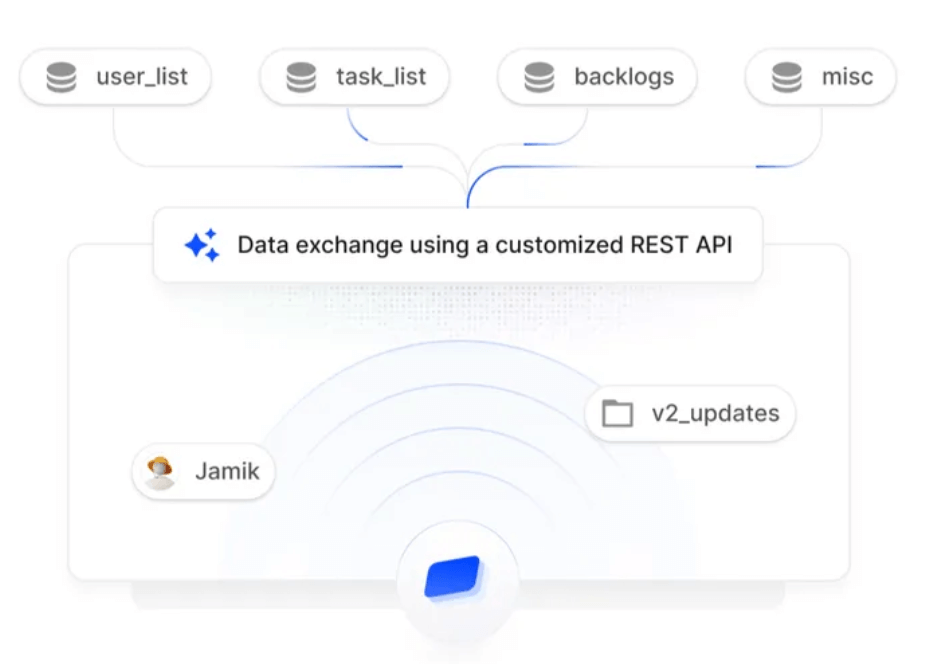

The primary purpose of penetration testing is to uncover and address vulnerabilities in a system’s security architecture. By identifying these weaknesses, organizations can implement necessary measures to mitigate risks and enhance their overall security posture.

There are several types of penetration testing, each serving a unique purpose. The most common types include black box, white box, and gray box testing, which differ based on the amount of information the tester has about the system before testing begins.

The penetration testing process typically involves several key phases: planning, scanning, gaining access, maintaining access, and analysis. Each phase is designed to ensure a thorough assessment of the system’s security and to provide actionable insights for improvement.

Engaging in regular penetration testing offers numerous benefits, including identifying security gaps, complying with regulatory requirements, and fostering a culture of security awareness within the organization. These benefits ultimately lead to reduced risks and enhanced protection against cyber threats.

